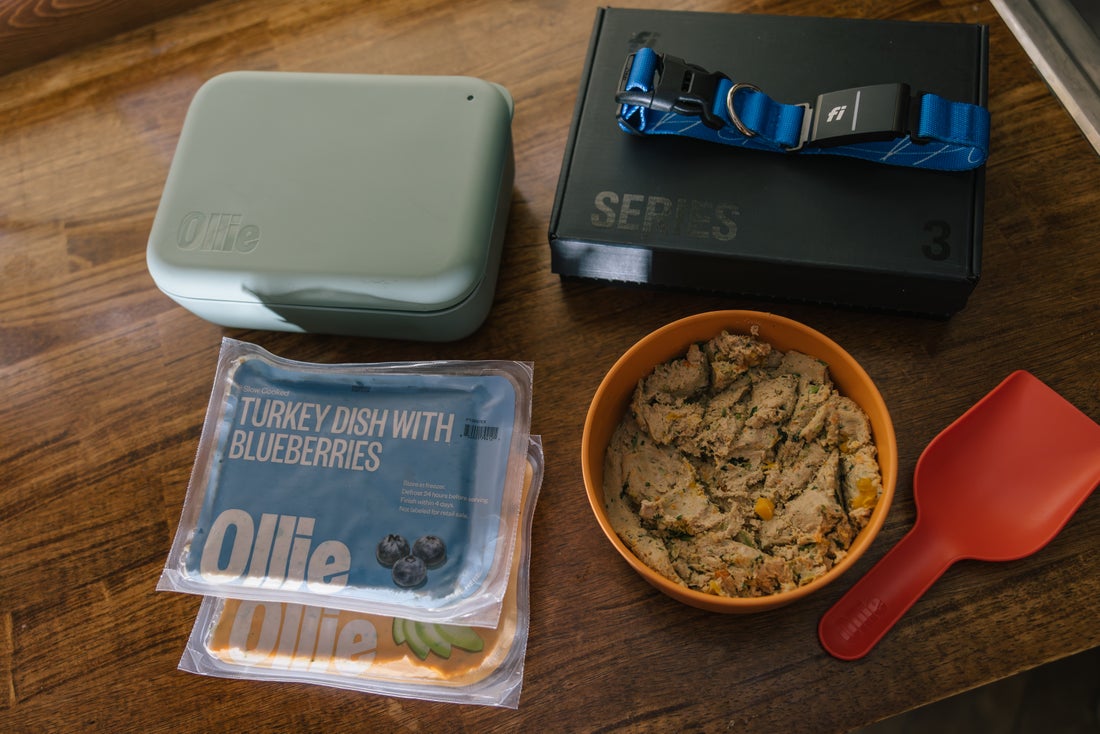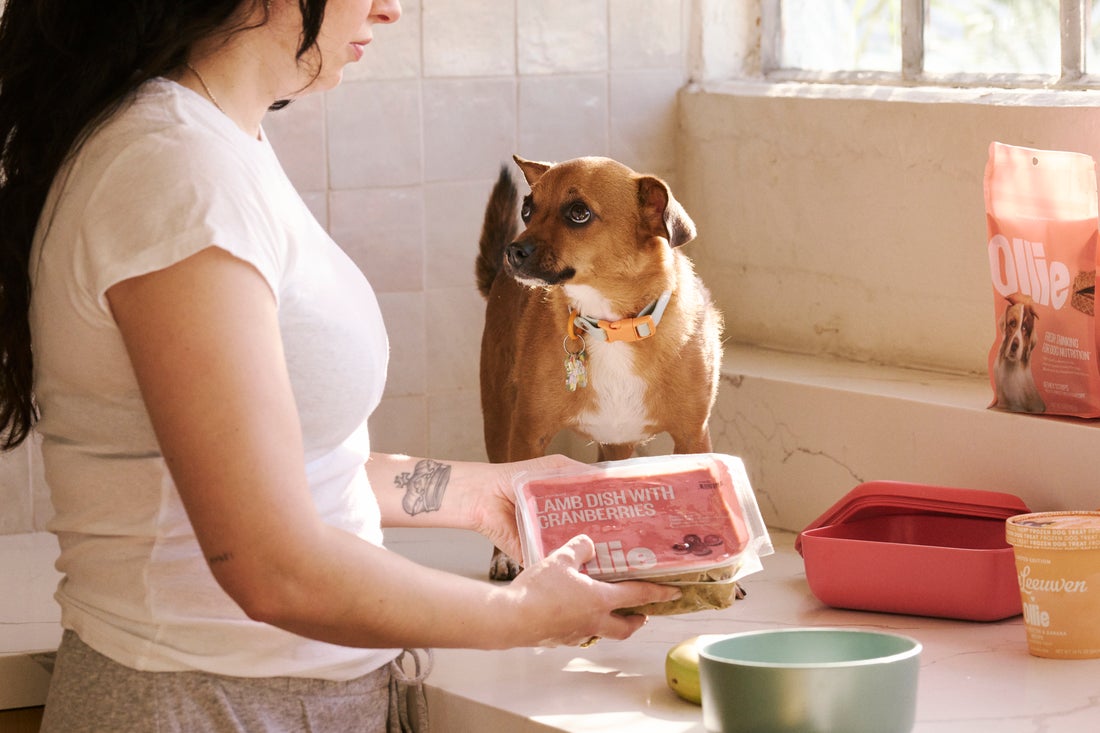Hey Ollie blog readers! We’re offering you an exclusive 60% OFF your starter box! Try now!
Urinary tract infections. Ladies, you can feel my pain. Gentlemen? You’re less likely to get one but you’ve probably heard they’re not a walk in the park. And dogs? Well, we honestly weren’t sure what the deal was with dogs and UTIs other than it stinks when they get one. Turns out, human and canine UTIs are not exactly the same. Here’s what you need to know to help treat your pup and make "doing the ones" less painful:
UTIs in male pups can be more dangerous
These bacterial infections usually begin at the urethra opening and climb their way up into the bladder and kidneys. While female dogs are more prone to UTIs because of the proximity of the urethra to the anus, male dogs can most certainly get them. In fact, the type of UTIs they get are potentially more dangerous, since the bacteria has a longer distance to travel and therefore infect a greater area. Vets tend to treat male UTIs more aggressively and may also screen for other issues, such as kidney disease or tumors.
The symptoms may take a while to show
You might recognize the beginnings of a UTI. But by the time your dog is displaying symptoms that include frequent urination, dribbles of urine, bloody or cloudy urine, fever and back pain, the infection is serious enough to warrant a visit to your vet who can do a urinalysis and prescribe a treatment. Don’t wait.
Cranberry juice will not solve your pup’s problems
Your vet might decide to prescribe antibiotics or another Rx, but regardless, a diet with more moisture and less grains can help prevent future infections. You should also encourage your pup to drink more water (some vets suggest drinking fountains) and consider giving them a probiotic, which can increase the immune system’s response to infection-causing bacteria.
The Ollie blog is devoted to helping pet parents lead healthier lives with their pups. If you want to learn more about our fresh, human-grade food, check out MyOllie.com.
Tagged As:

The nutrition your dog needs,
the food they want.

Enjoying our articles? Subscribe our Newsletters and get new articles directly to your inbox
You might also like
18 September 2025
5 MINS READ
Can I Rotate Fresh Dog Food Flavors?
Yes, it’s safe to rotate fresh dog food flavors, and many dogs actually benefit from the variety. At Ollie, we offer multiple fresh recipes, like Beef, Chicken, Turkey, Lamb, and Pork so you can…
by Ollie Pets
18 September 2025
5 MINS READ
Is Fresh Dog Food Safe During Power Outages?
Fresh dog food is only safe during a power outage if it has stayed cold, specifically, below 40°F. Once the temperature rises above that point, bacteria can start to grow, and the food may no lon…
by Ollie Pets
18 September 2025
5 MINS READ
How Do I Store Fresh Dog Food While Traveling?
If you’re bringing fresh dog food on the road, keeping it cold is key. The best way to store it is in a cooler with ice packs or a travel freezer. At Ollie, our vacuum-sealed fresh food stays good…
by Ollie Pets







